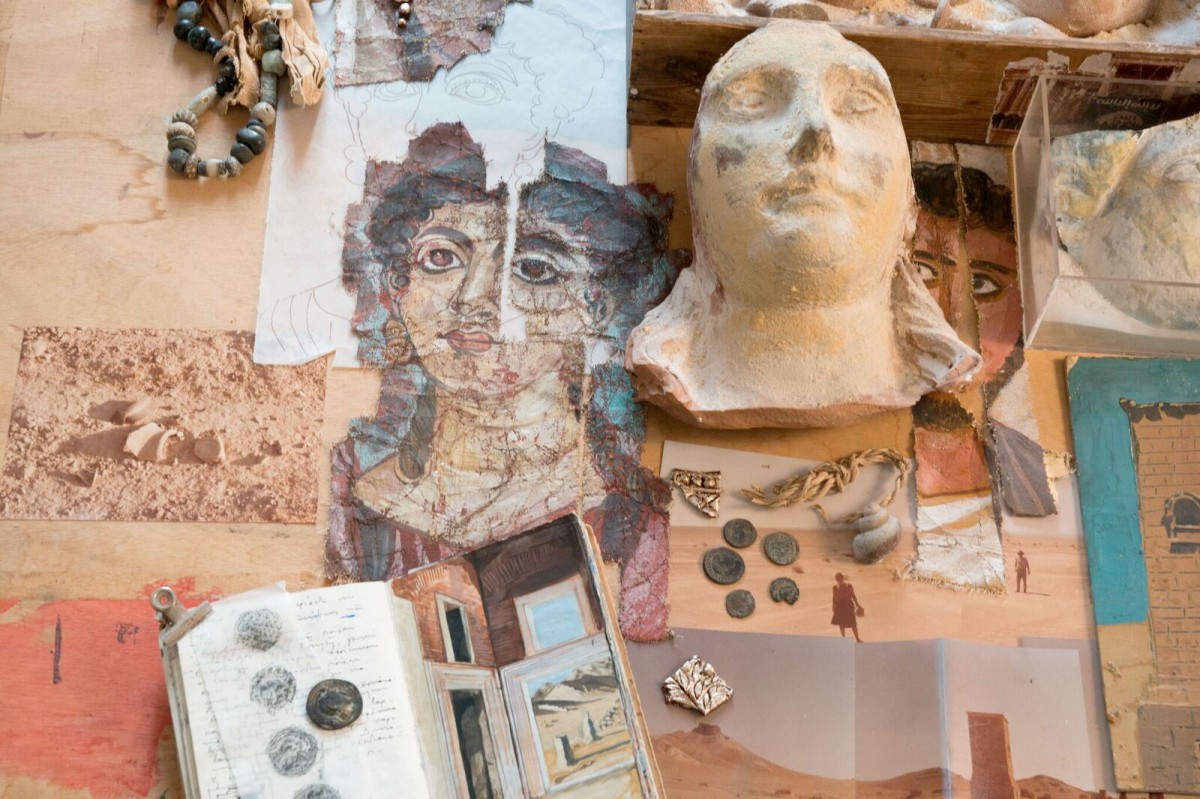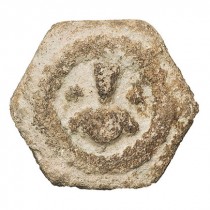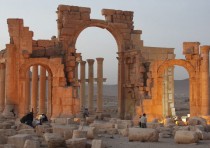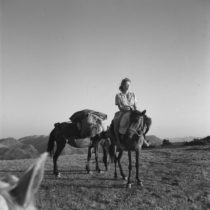The exhibition Palmyra Requiem, which opened at the Benaki Museum on June 14, is being extended until September 25, 2016.
Palmyra Requiem, an art intervention by the well-known painter Alecos Levidis, is a sensitive commentary on the destruction of the Roman site of Palmyra, Syria, by forces of the group calling itself Islamic State. As has been widely reported, recent acts of violence in the area have resulted in the deaths of many people and the destruction of monuments of universal historical value. Among the dead was Khaled Mohamad al-Asaad, the distinguished and pioneering archaeologist, who had been head of antiquities for over 40 years and was dedicated to the study and scholarly advancement of the mythical city of Syria. His public beheading and the hanging of his mutilated body from a column provoked international outrage.
In the hall of Roman antiquities Levidis uses museum show-cases to exhibit an assemblage of objects that in his own words “bring to life the hours and days beneath the merciless desert sun that I spent walking on the Great Colonnade once used by trading caravans, and on the sand dunes where the funerary towers of Palmyra stand; found objects, genuine and counterfeit (but, again, genuine) and others that I made from time to time when I set my mind to wander the magical city.”
We live in testing times. The primary purpose of museums is to preserve and protect mankind’s cultural heritage, bringing coherence to humanity’s disparate elements. In this context, it is fitting that the Benaki Museum welcomes an artist who uses his work to react against the horrors of the contemporary world.





